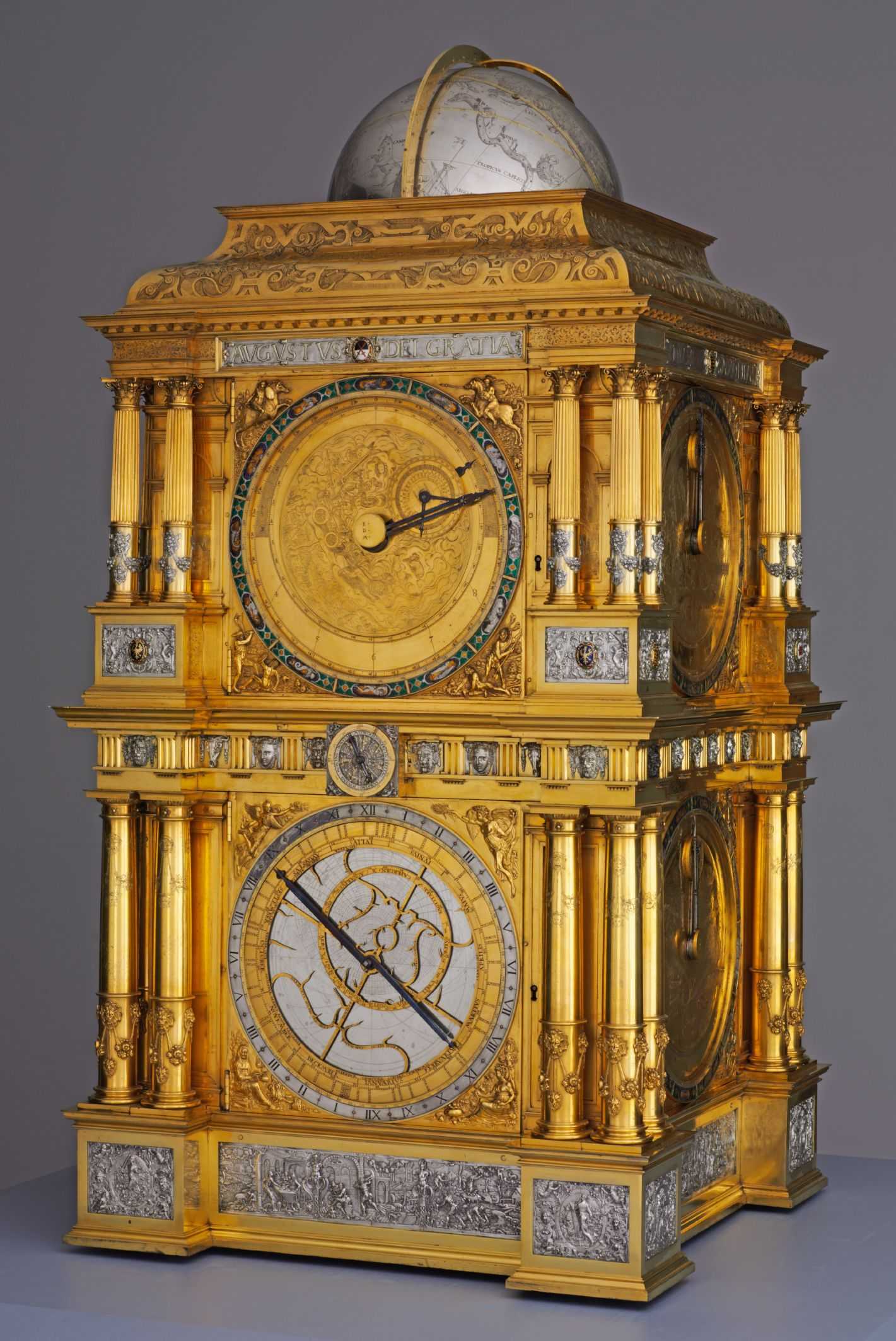
Friday, September 22nd, 2017 at 3pm
Museo Galileo, Biblioteca antica
The wondrous course of the planets.
Ways of enhancing public engagement with Renaissance astronomical clocks
The astronomical clock made by E. Baldewein and Landgrave Wilhelm IV at Kassel and brought to Dresden in 1568 is probably the most complex and most beautiful machine that has survived since the sixteenth century. The clock, like other ancient scientific instruments, strikes the museum visitors by their beauty but also seem strange and impenetrable to most.
The project presented here searched for ways to take visitors beyond the first impression. Hands-on models and animation films should empower them to have a fresh and interested look at the astronomical clock and to ask their own questions about it.
This talk reports on making and evaluating a new cameo exhibition surrounding this large astronomical clock at the Mathematisch-Physikalischer Salon (MPS) in Dresden.
Speaker’s short bio
Samuel Gessner is an historian of science focussing on material culture of early modern Europe. He conducted several research projects in Lisbon that led him to consult the important collections of scientific instruments in Paris, Munich, Florence, London, Oxford, etc. Gessner is particularly interested in the variety of mathematical cultures and the pivotal role of instruments across court society, the scholarly world and craft tradition. He emphasizes that the historical instruments themselves should be used as primary sources in research and public engagement with that history. Support of the German Federal Foundation of Culture (KSB) allowed him to work with the project ‘Heavenly machines’ in Dresden over the past 18 months. The project aimed at developing new ways of interpreting astronomical clocks in a museum setting.
The event will be held in English.
Limited seats, reservations required
Tel. +39 055 265311, This email address is being protected from spambots. You need JavaScript enabled to view it. (Monday to Friday 9am-6pm)
-
Useful link

